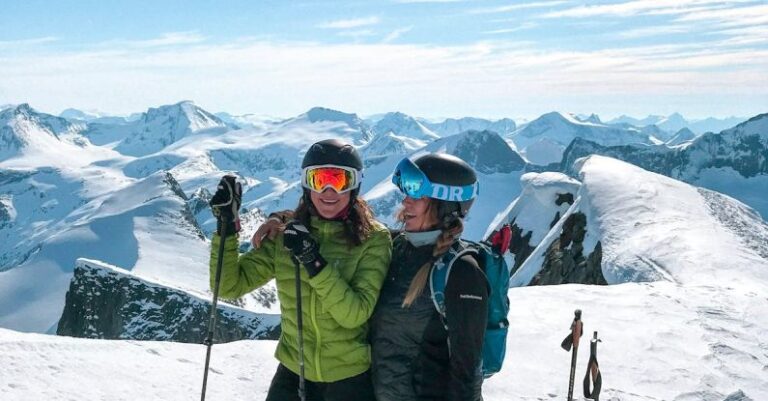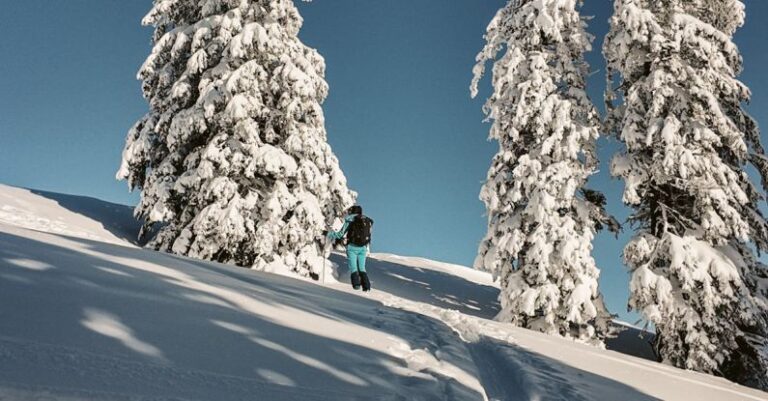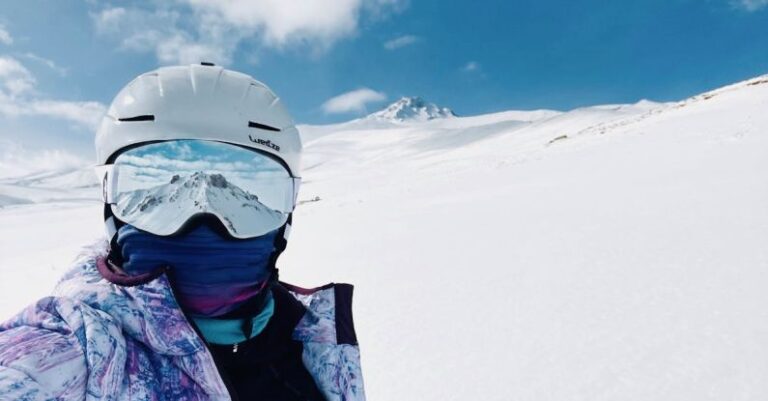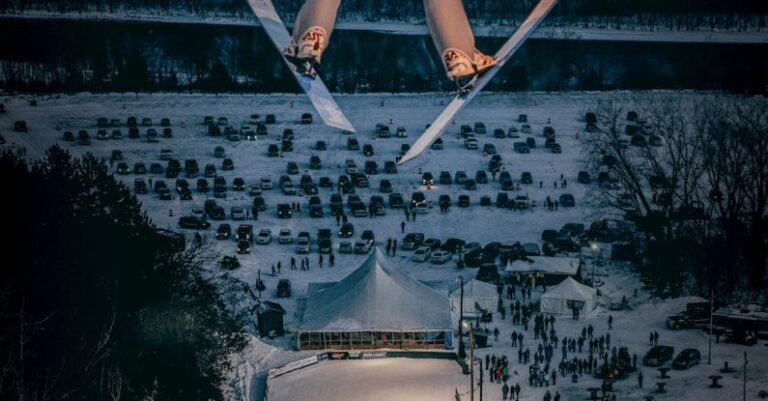
Avalanches are powerful and potentially deadly natural disasters that can occur in snowy mountainous regions. Recognizing the warning signs of an avalanche is crucial for anyone venturing into avalanche-prone areas. Understanding these indicators can help individuals make informed decisions to stay safe in the mountains. In this article, we will explore the key warning signs of an avalanche that everyone should be aware of.
**Snowpack Instability**
One of the primary warning signs of an impending avalanche is snowpack instability. This occurs when there are weak layers within the snowpack that are unable to support the weight of the overlying snow. These weak layers can be caused by a variety of factors, including temperature changes, wind loading, and precipitation. Signs of snowpack instability include recent avalanches, collapsing snowpack, and audible whumpfing sounds. If you notice any of these signs, it is essential to proceed with extreme caution as the risk of an avalanche is high.
**Recent Weather Conditions**
Another crucial warning sign of an avalanche is recent weather conditions. Heavy snowfall, strong winds, and rapid temperature fluctuations can significantly increase the likelihood of an avalanche. Fresh snow accumulating on top of an unstable snowpack can create a dangerous situation. Keep an eye out for signs of recent snowfall, wind loading on slopes, and rapid warming of the snowpack. These weather conditions can contribute to avalanche risk and should be taken into consideration when planning outdoor activities in the mountains.
**Slope Angle and Aspect**
The slope angle and aspect are important factors to consider when assessing avalanche risk. Steep slopes with angles between 30 to 45 degrees are most prone to avalanches. Additionally, the aspect of the slope, or the direction it faces, can also influence avalanche potential. North-facing slopes tend to hold colder, drier snow that is more stable, while south-facing slopes are more susceptible to sun exposure and warming. Be mindful of the slope angle and aspect when traveling in avalanche terrain, as these factors can increase the likelihood of avalanche activity.
**Cracking and Collapsing Snow**
Cracking and collapsing snow are immediate warning signs of avalanche danger. If you notice cracks forming around your feet or skis as you move across the snow, this indicates that the snowpack is unstable and at risk of sliding. Collapsing snow, also known as whumpfing, occurs when the snowpack collapses under your weight, producing a distinctive sound. These signs suggest that the snowpack is under stress and may be prone to triggering an avalanche. Exercise caution and avoid steep slopes if you observe cracking or collapsing snow.
**Recent Avalanches or Signs of Previous Activity**
One of the most obvious warning signs of avalanche danger is the presence of recent avalanches or signs of previous avalanche activity. If you see fresh avalanche debris, such as broken trees, stripped slopes, or debris piles at the base of slopes, it is a clear indication that avalanches have occurred in the area. Avoid traveling on or below slopes with recent avalanche activity, as the risk of triggering another avalanche is high. Pay attention to the terrain and look for signs of previous avalanche events to assess the avalanche risk in the area.
**Conclusion: Stay Informed and Be Prepared**
In conclusion, recognizing the warning signs of an avalanche is essential for anyone venturing into avalanche terrain. By understanding the indicators of avalanche danger, such as snowpack instability, recent weather conditions, slope angle and aspect, cracking and collapsing snow, and signs of previous activity, individuals can make informed decisions to mitigate the risk of avalanches. Stay informed about avalanche conditions, carry the necessary safety equipment, and be prepared to respond in case of an avalanche emergency. Remember that safety should always be the top priority when traveling in snowy mountainous regions.





